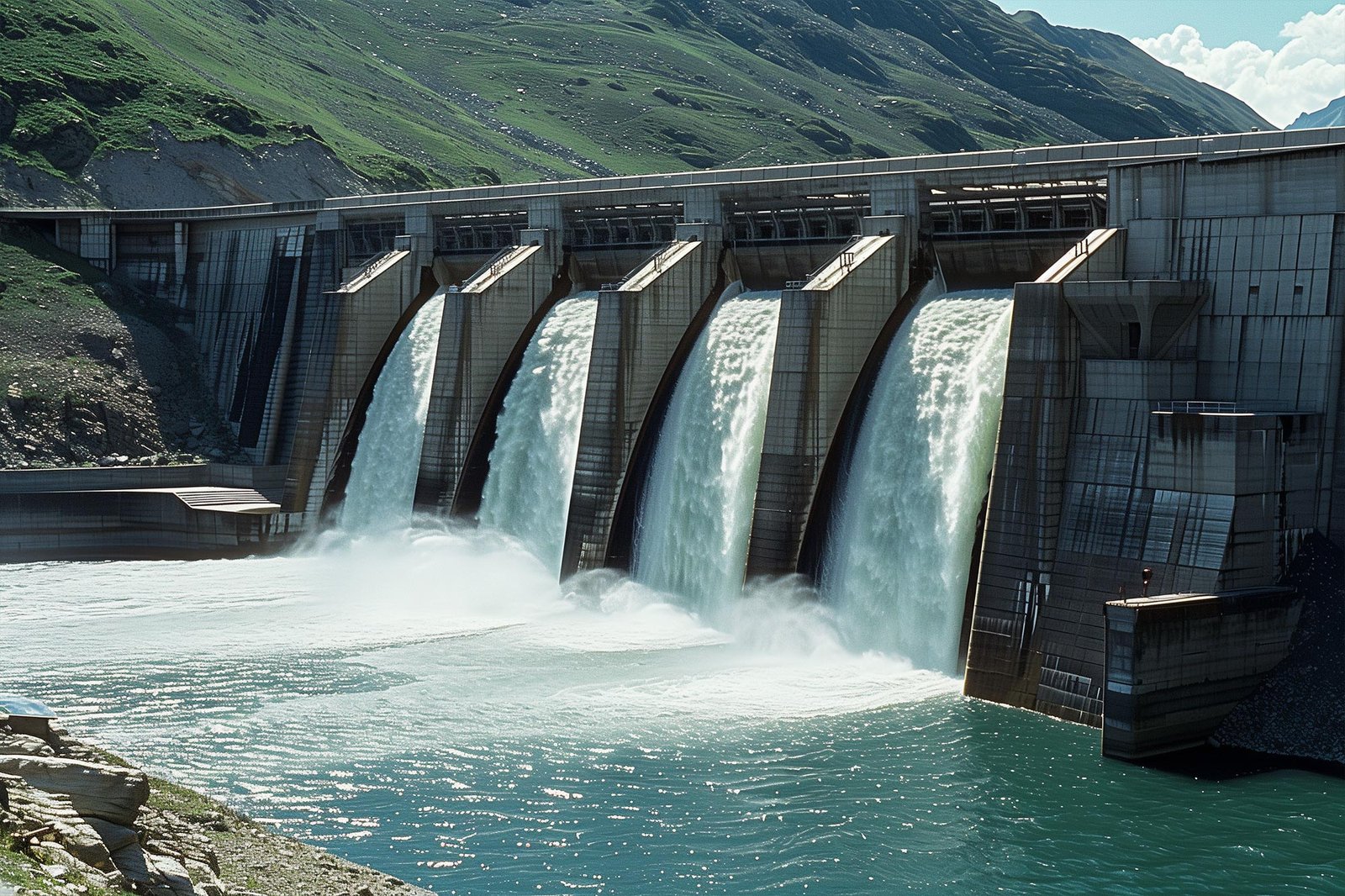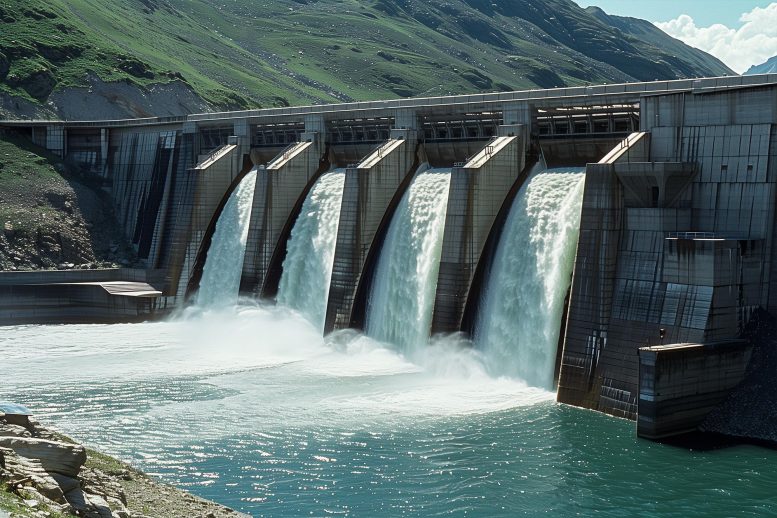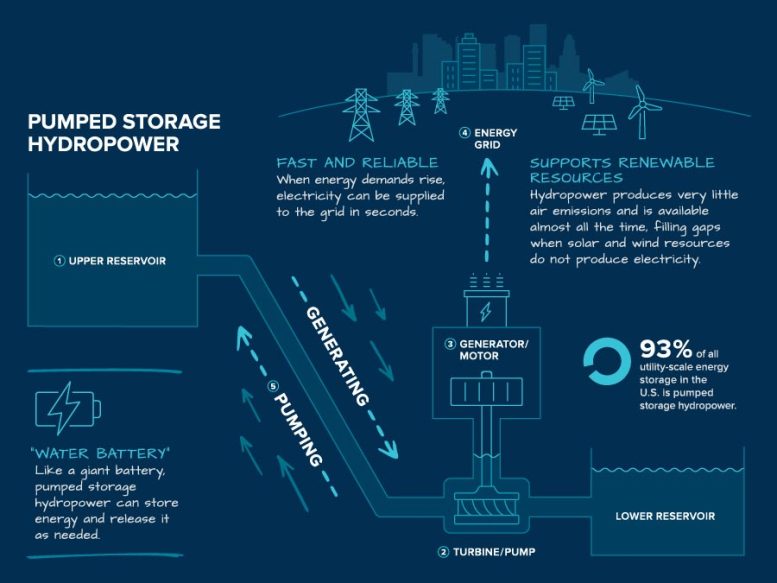
Science Simplified: What Is Hydropower?
-
by Anoop Singh
- 182

Hydropower, a cornerstone of renewable energy, has evolved since the late 19th century, supporting solar and wind power through its storage and generation capabilities. Different types of hydropower plants, like run-of-river, reservoir, and pumped storage, cater to varying energy demands.
What Is Hydropower?
The power of water has been used to perform work for thousands of years. Since flowing water has energy that can be captured and turned into electricity, hydroelectric power, also known as hydropower, became an electricity source in the late 19th century.
In this Science 101: What is hydropower, engineer Quentin Ploussard and director for Argonne National Laboratory’s Center for Energy, Environmental, and Economic Systems Analysis Vladimir Koritarov describe how water is used to generate and store electricity. Hydropower plays an important role in supporting renewable energy sources such as wind and solar that can’t always produce electricity. Hydropower acts like a battery by being able to store energy and use when needed. For over 35 years, Argonne has been helping countries around the world meet the growing demand of hydropower by developing computer models and tools that help make decisions about power grids, water use and hydropower plants.
Hydropower is one of the largest producers of renewable energy today. It also plays an important role in supporting other renewable energy sources such as fast-growing solar and wind power. When the sun isn’t shining and the wind dies down, those energy sources can’t produce electricity. Hydropower can help by releasing more water from its reservoirs to increase electricity generation. On the other hand, when there is too much wind and solar generation available, hydropower can store surplus energy as water in reservoirs for later use.
There are several types of hydropower plants:
- Run-of-river plants store little or no energy. Their ability to generate electricity varies by the water flow of the river.
- Reservoir plants have storage capabilities, and they can adjust their electricity generation based on demand.
- Pumped storage hydropower (PSH) plants operate as large water batteries. PSH plants circulate water between two bodies of water that are at different elevations — one higher and one lower. Water is pumped into the upper body of water to store energy, and then released into the lower body of water when there is a need to generate electricity. PSH plants currently provide about 93% of all utility-scale energy storage in the U.S.
Scientists at the U.S. Department of Energy’s (DOE) Argonne National Laboratory have been helping meet the world’s growing demand for hydropower for over 35 years. Since building new hydropower plants or updating existing once can be challenging, Argonne has developed computer models that are now used in over 20 countries to help governments and grid operators plan their power grids, improve water use, determine capabilities and provide cost-benefit estimates of hydropower services.
Argonne scientists have also teamed up with other U.S. national laboratories and PSH developers to create a valuation guidebook to help decision-makers expand existing plants or build new facilities.
Argonne’s capabilities help the hydropower industry by:

Credit: Argonne National Laboratory
What Is Hydropower?
Hydropower is one of the oldest and largest sources of renewable energy.
Hydropower uses the natural flow of moving water to generate electricity. Hydroelectric plants provide about 60% of renewable electricity worldwide.
The main types of hydropower plants include run-of-river, storage, and pumped storage hydropower. Run-of-river hydropower plants have little or no storage capabilities. Storage hydropower plants typically have large reservoirs with significant storage capacity, while pumped storage hydropower plants operate as giant water batteries.
Pumped storage hydropower plants generate electricity when needed by having water in an (1) upper reservoir flow downward to spin (2) turbines and (3) generators, thus generating electricity that can be supplied to the (4) energy grid in seconds. The water is later (5) pumped back to the upper reservoir when electricity is plentiful and less valuable.
Pumped storage hydropower is currently the only commercialized technology for long-duration storage, which will become increasingly valuable as the power system evolves to include wind and solar generation.
Hydropower, a cornerstone of renewable energy, has evolved since the late 19th century, supporting solar and wind power through its storage and generation capabilities. Different types of hydropower plants, like run-of-river, reservoir, and pumped storage, cater to varying energy demands. What Is Hydropower? The power of water has been used to perform work for thousands…
Hydropower, a cornerstone of renewable energy, has evolved since the late 19th century, supporting solar and wind power through its storage and generation capabilities. Different types of hydropower plants, like run-of-river, reservoir, and pumped storage, cater to varying energy demands. What Is Hydropower? The power of water has been used to perform work for thousands…
